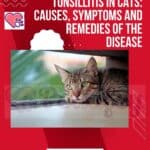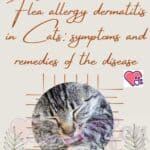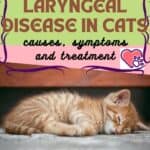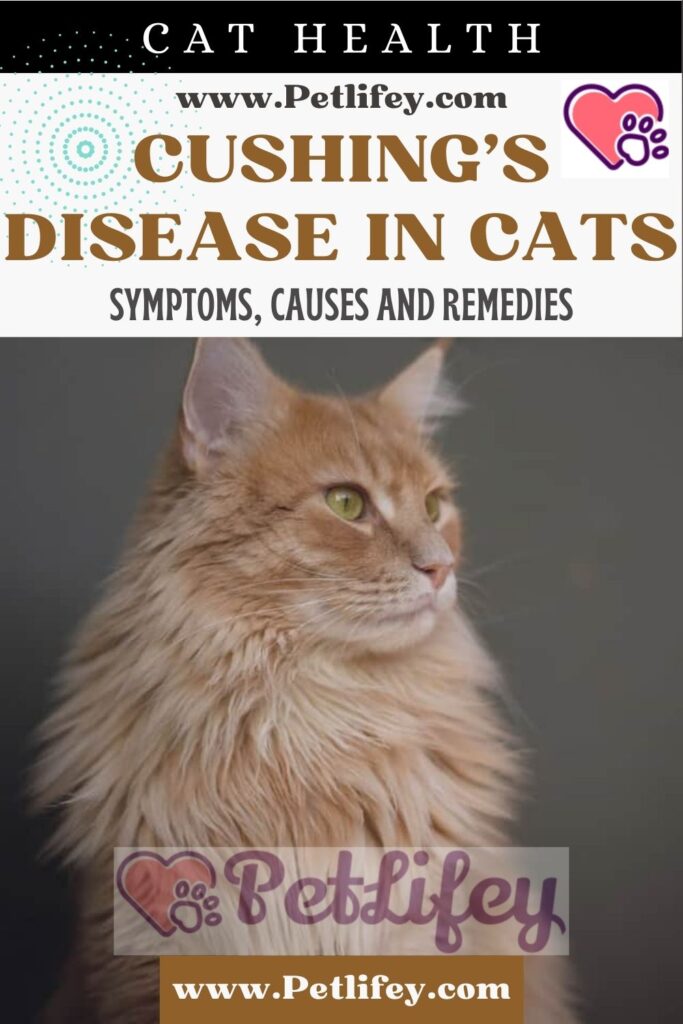
What is Cushing’s disease in cats and what symptoms does it have? Here’s how this disease can be triggered and how to treat it effectively.
Does our kitty appear strange in the last few days? Before thinking that some deadly pathology is undergone, let’s evaluate all the signals that our cat can send us. Cushing’s is a disease that affects both dogs and cats: in this, as in many other cases, timing is essential. For this reason it is important that a master is always careful to interpret the symptoms and changes of his four-legged friend. Although cats are said to be in excellent health, in reality they too can get sick unfortunately. Let’s take a closer look at what this pathology is and how the cat shows to have contracted it, what are the causes and what are the most effective treatments to fight Cushing’s disease.
Cushing’s disease in cats: what disease is it?
It is useless to hide it: it is a rather serious pathology, also called feline hyperadenocorticism (HAF). Fortunately, it is not so frequent and to manifest itself there is an excess of the hormone cortisol in the blood. This overproduction of the hormone, in turn, is caused either by a tumor of the adrenal glands or in the pituitary gland. Depending on the type of tumor, it is called adrenal Cushing or pituitary Cushing.
Another bad news is that a definitive cure for this disease has not yet been discovered, but the positive side is that it is quite rare unlike Cushing’s disease in dogs. It usually occurs in cats who are treated with corticosteroids or in diabetes mellitus. The characteristics of the most affected cats are almost always the same: female, mixed-race and adult or elderly age.
Symptoms of the disease
Of course, each cat is a story unto itself: the symptoms are not always the same and they do not occur all together. They can vary depending on the specimen, so the diagnosis can sometimes be late and not so obvious. These are the signs to identify and above all to report to our trusted veterinarian, to explain how our cat looks:
- increased thirst (polydipsia) and hunger (polyphagia),
- constant urge to urinate (polyuria),
- exhaustion and lethargy,
- swelling of the abdominal area,
- respiratory difficulties,
- more sensitive and delicate skin,
- spots of hematomas,
- hair loss.
The symptom to pay particular attention to is the feline’s skin: the skin can thin to the point of almost looking like a veil. It can be felt by touch and above all by noting its sensitivity to trauma and shocks. Furthermore, when the cat has diabetes, we can become suspicious if we notice a certain difficulty in regulating insulin.
Also on the skin we can see, in addition to the subtlety and possible hematomas, also blackheads, called comedones, bald areas on the trunk and abdomen, sparse hair, abscesses and hyperpigmentation.
Diagnosis of Cushing’s disease in cats
Of course, the owner’s task is to simply report to the vet the symptoms that we have noticed in the cat in the last few days. This is not an easy diagnosis to make, also because the procedure is quite long. Usually the expert chooses to proceed with blood and urine tests, check the complete anamnesis of the feline and its clinical history; finally he can choose to proceed with further tests such as radiographs, x-rays, magnetic resonances and some specific tests.
How is Cushing’s disease treated
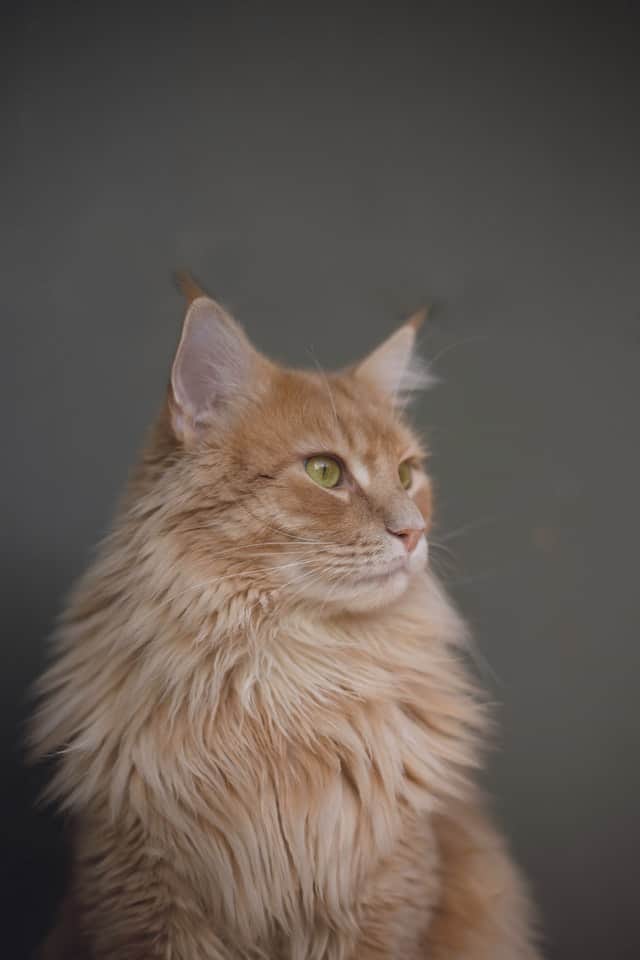
Although there is no definitive cure, in some cases the removal of the adrenal or pituitary tumor is the riskiest but also the most effective solution. If you really do not want to opt for the surgery, you can try the administration of some specific drugs, such as metyrapone. If you use corticosteroids you will need to observe periods of suspension to prevent the feline becoming addicted to that substance. In some cases the owner seeks advice from a naturopathic veterinarian for homeopathic methods. Unfortunately, in none of these cases the complete recovery of the cat is guaranteed, but at least a relief of the symptoms.


